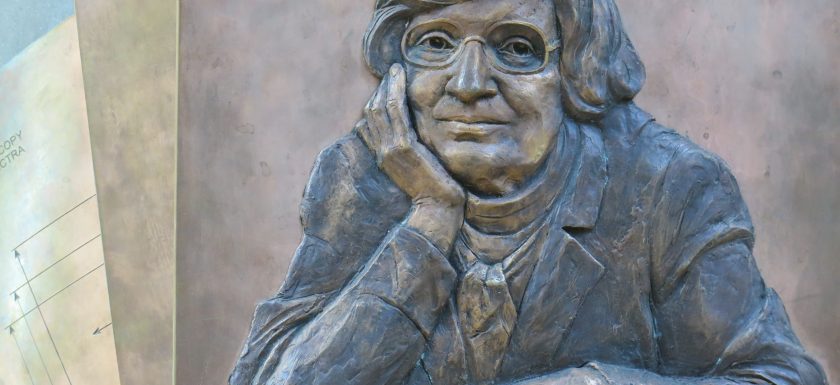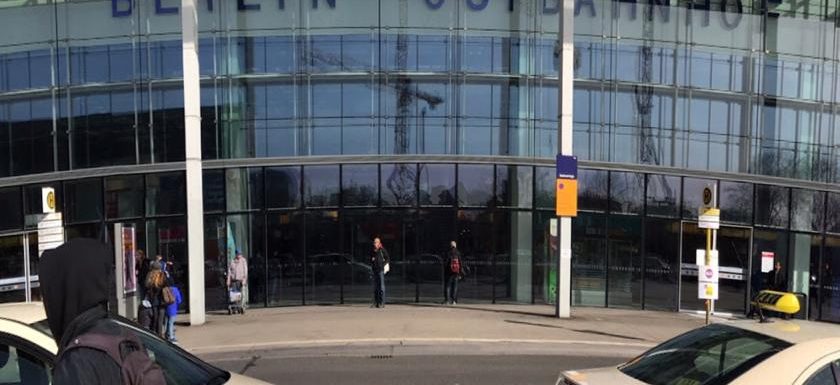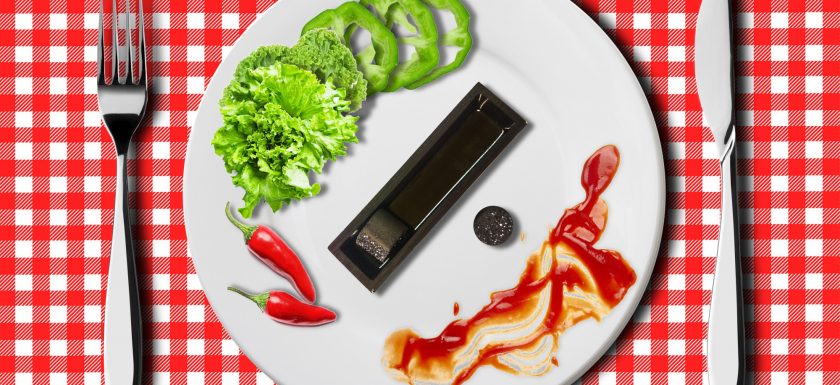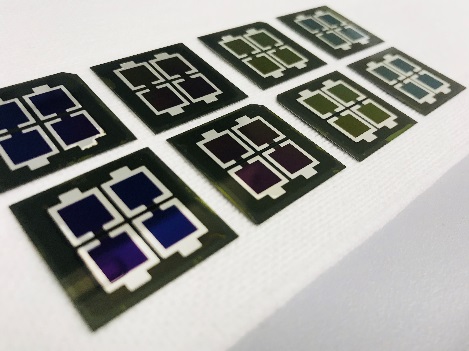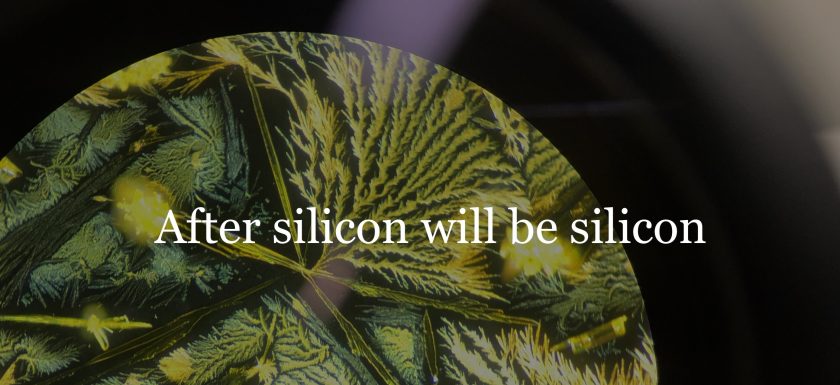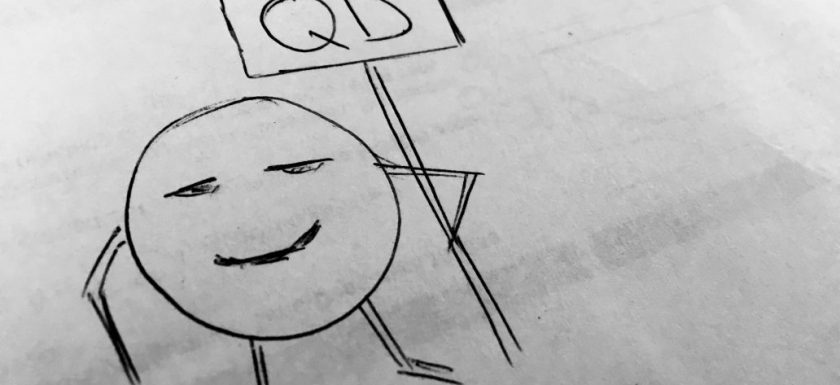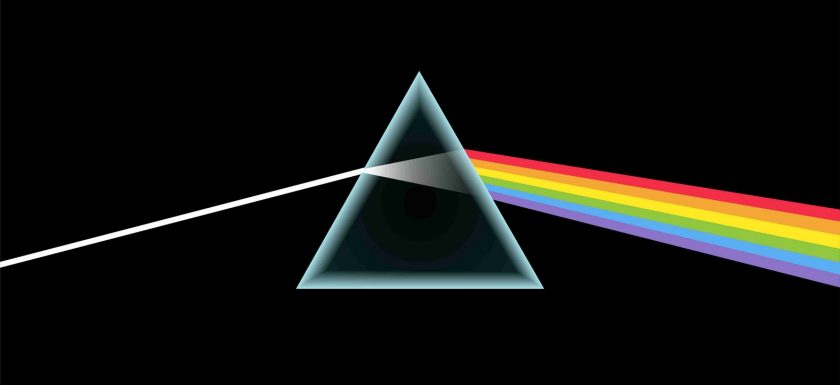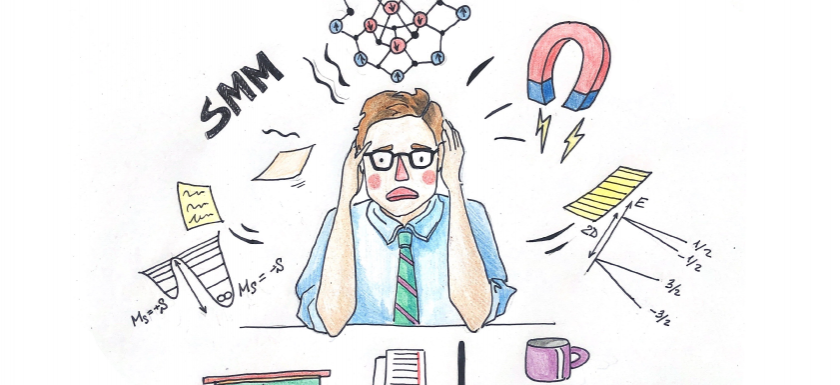In Memoriam of Vera Adamchuk – Bronze relief reminds on the scientist who cofounded the Russian German Collaboration at BESSY II
An Artwork reminds on the scientist who cofounded the Russian German Collaboration at BESSY II It seems, she has just calculated something, a hand lies on the paper, next to the pen. The other one supports the chin, relaxed and curious, she looks at the viewer. The Russian physicist Vera Adamchuk is immortalized in the bronze relief attached to a column in the BESSY II hall. The column stands in front of the dipole beam line of the Russian-German laboratory. Vera Adamchuk is regarded as a pioneer of German-Russian cooperation in the field of synchrotron radiation. She co-founded the Russian-German laboratory at BESSY II inRead More →

